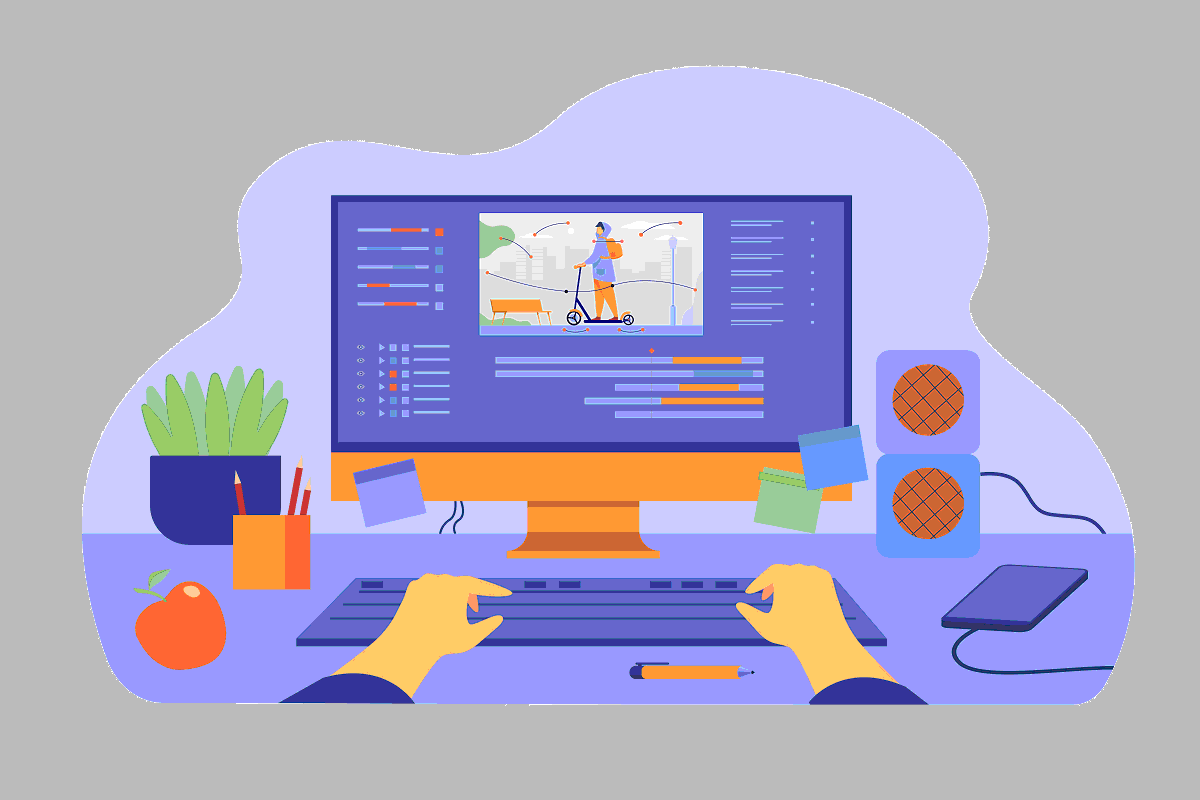
The integration of technology in second language education has the potential to revolutionize the way we learn and teach languages, providing learners with personalized and immersive experiences that go beyond traditional methods. The global language learning market was valued at $47.25 billion in 2020 and is expected to grow at a CAGR of 10.5% from 2021 to 2028. With the rise of computer-assisted language learning, it's crucial for language learners and educators to stay informed about the latest trends and developments in this field.
Overview of Computer-Assisted Second Language Learning
Computer-assisted second language learning (CALL) refers to the use of technology, including computer software, websites, and mobile apps, to support second language acquisition. CALL has been around for decades and has evolved from basic language drills and exercises to sophisticated AI-powered tools that provide personalized and engaging language learning experiences.
Latest Computer-Assisted Second Language Learning Tools
Here are some of the latest computer-assisted second language learning tools that are transforming the education industry:
- Duolingo: A widely popular language learning app that uses gamification and AI to make language learning enjoyable and effective.
- Babbel: A language learning platform that uses interactive lessons and speech recognition technology to help learners improve their speaking and listening skills.
- Rosetta Stone: A leading language learning software that uses a comprehensive approach to teaching languages, incorporating speech recognition, immersion, and interactive exercises.
Impact of Computer-Assisted Second Language Learning
The impact of computer-assisted second language learning on language education is significant and continues to grow as technology advances. Here are some of the key benefits of using these tools:
- Improved language proficiency: Computer-assisted language learning tools provide learners with opportunities to practice and reinforce their language skills in a variety of contexts and situations, leading to improved language proficiency.
- Increased student engagement and motivation: A study by the British Council found that the use of technology in language classrooms led to an increase in student motivation and engagement by 30%. Technology-enhanced language learning makes the learning process more engaging and interactive, leading to higher levels of student motivation and participation.
- Personalized learning: With computer-assisted language learning, learners have access to personalized and adaptive learning experiences that are tailored to their individual needs and abilities.
Advantages and Limitations of Computer-Assisted Second Language Learning
While there are many advantages to using computer-assisted language learning tools, it's important to be aware of the limitations as well. Here are some of the key benefits and drawbacks:
Advantages:
- Personalized and adaptive learning experiences
- Increased student engagement and motivation
- Improved language proficiency
- Accessibility and convenience
Limitations:
- Limited human interaction and feedback
- The limitations of AI technology
- The need for a stable internet connection and technology access
- The potential for distractions and decreased focus during the learning process
Research Studies and Findings on Computer-Assisted Second Language Learning
There have been numerous research studies and surveys conducted on the effectiveness of computer-assisted language learning and its impact on language education. While the results have been mixed, many studies have found that computer-assisted language learning can lead to improved language proficiency, increased student engagement and motivation, and greater accessibility to language learning opportunities.
Expert Opinions and Recommendations
Language learning experts and educators recommend incorporating computer-assisted language learning tools into language instruction as a supplement to traditional methods, rather than as a replacement. They also suggest using technology to enhance language learning experiences by providing personalized feedback, interactive exercises, and authentic language exposure. With the integration of technology in language education, learners can have access to a variety of resources and methods that cater to their individual learning style and pace, leading to a more effective and enjoyable learning experience.
When choosing a computer-assisted language learning tool, it's important to consider the following factors:
- User-Friendliness: The tool should be easy to use and accessible, with a user-friendly interface and clear instructions.
- Personalized Learning: The tool should provide personalized feedback and support based on the learner's progress and abilities.
- Authentic Language Exposure: The tool should provide authentic language exposure, such as real-life conversations and examples, to help learners build their language skills in a natural and immersive environment.
- Interactive Exercises: The tool should include interactive exercises and activities, such as speaking and listening exercises, to help learners practice and improve their language skills.
- Compatibility with Learning Objectives: The tool should align with the learner's language learning goals and support their progression toward proficiency.
Some of the most popular and effective computer-assisted language learning tools include Duolingo, Babbel, and Rosetta Stone.
Duolingo is a widely popular language learning app that uses gamification and AI to make language learning enjoyable and effective. With over 300 million users, Duolingo offers over 30 different language courses and provides personalized feedback and progress tracking to help learners improve their language skills.
Babbel is a language learning platform that uses interactive lessons and speech recognition technology to help learners improve their speaking and listening skills. With over 1,500 lessons and a focus on real-life conversations, Babbel provides a comprehensive language learning experience.
Rosetta Stone is a leading language learning software that uses a comprehensive approach to teaching languages, incorporating speech recognition, immersion, and interactive exercises. With over 25 years of experience and over 20 different languages, Rosetta Stone provides a comprehensive and effective language-learning solution.
Conclusion
In conclusion, computer-assisted second language learning is transforming the way we learn and teach languages, providing learners with personalized and immersive experiences that go beyond traditional methods. Language learning experts and educators recommend incorporating these tools into language instruction as a supplement to traditional methods, and choosing tools that cater to the learner's individual learning style and pace. With the right combination of technology and traditional methods, learners can achieve their language learning goals and reach new heights in their language proficiency.
Computer




